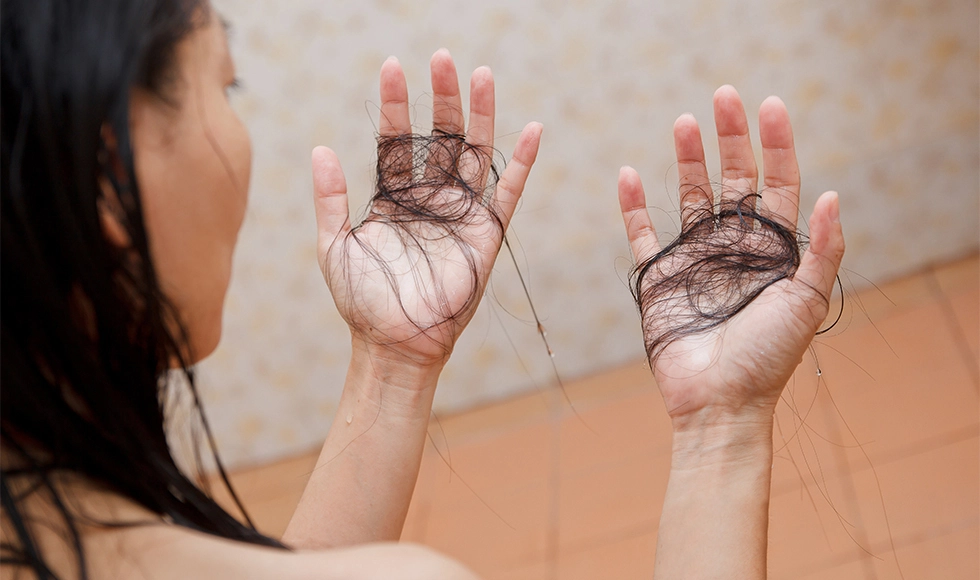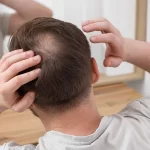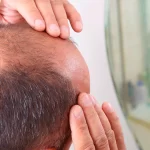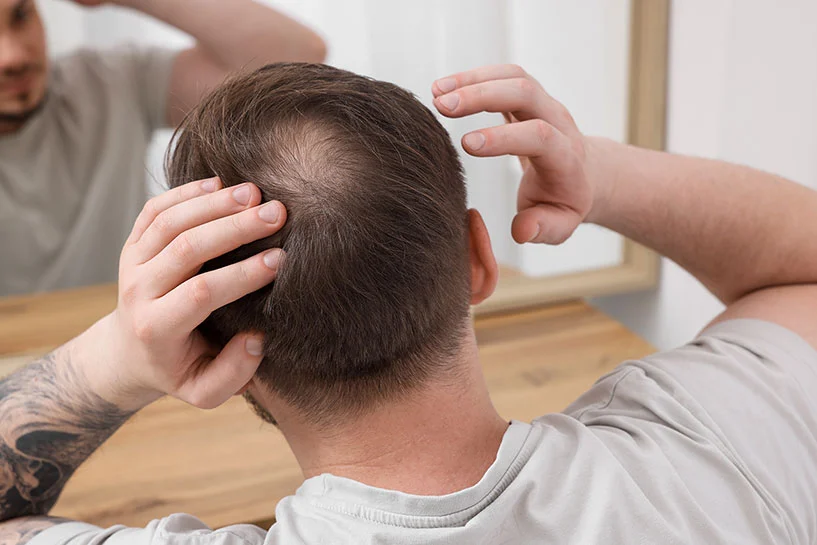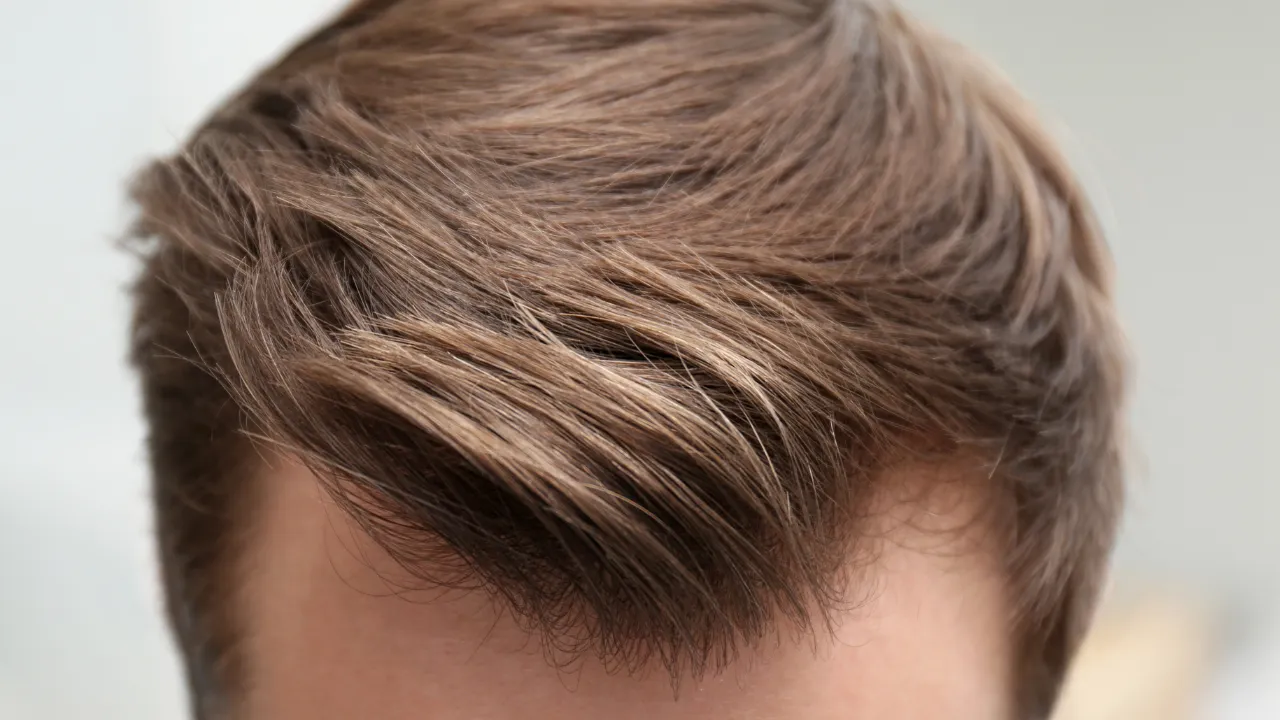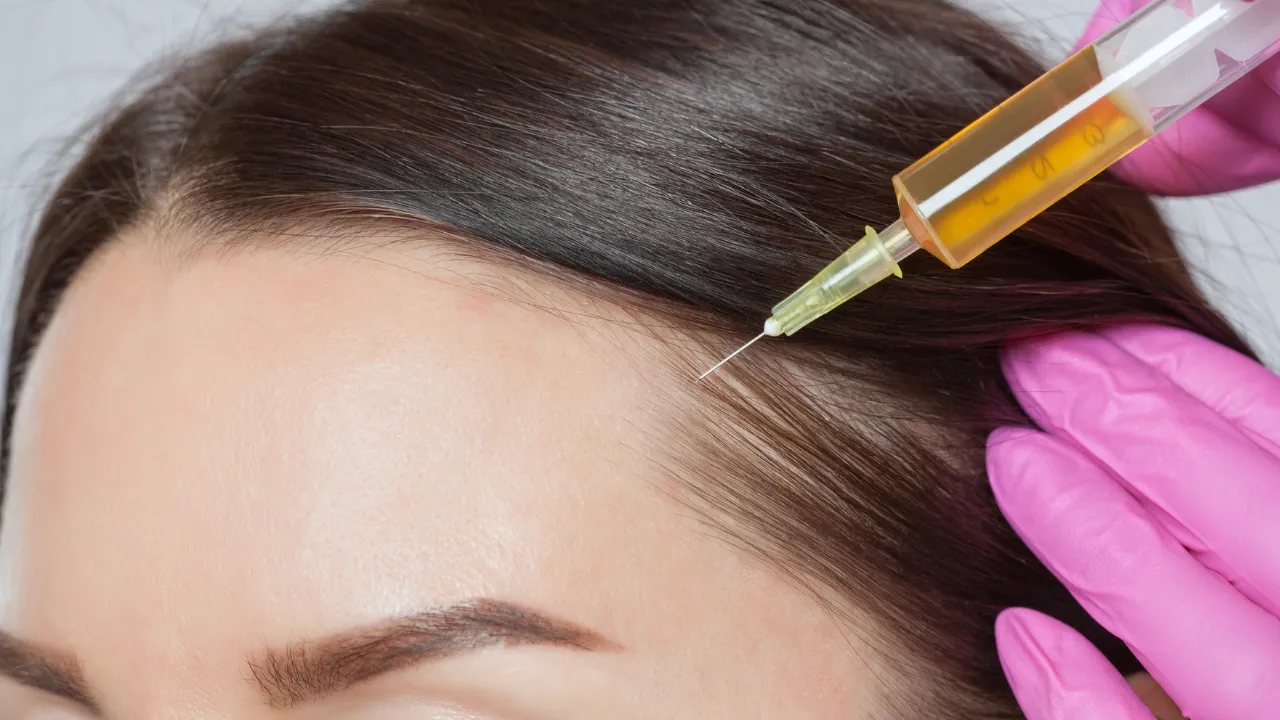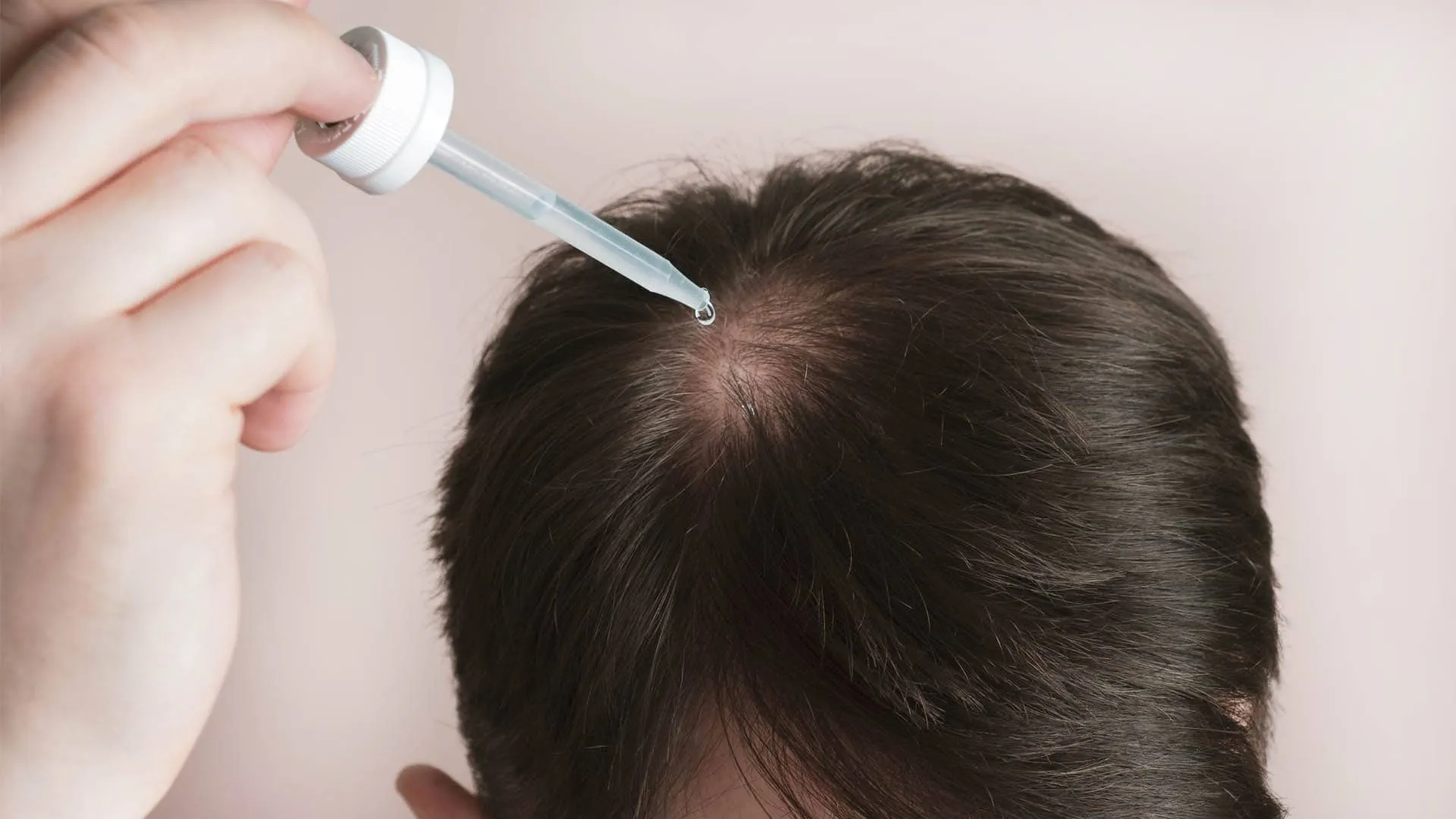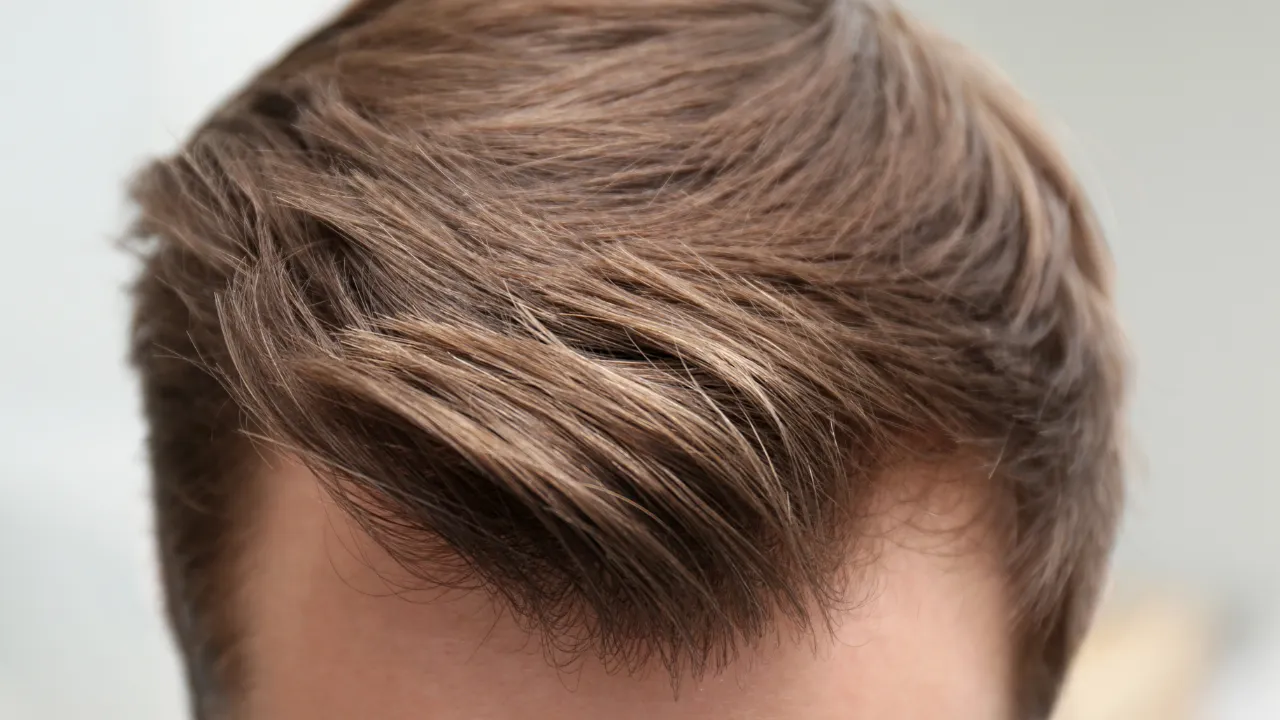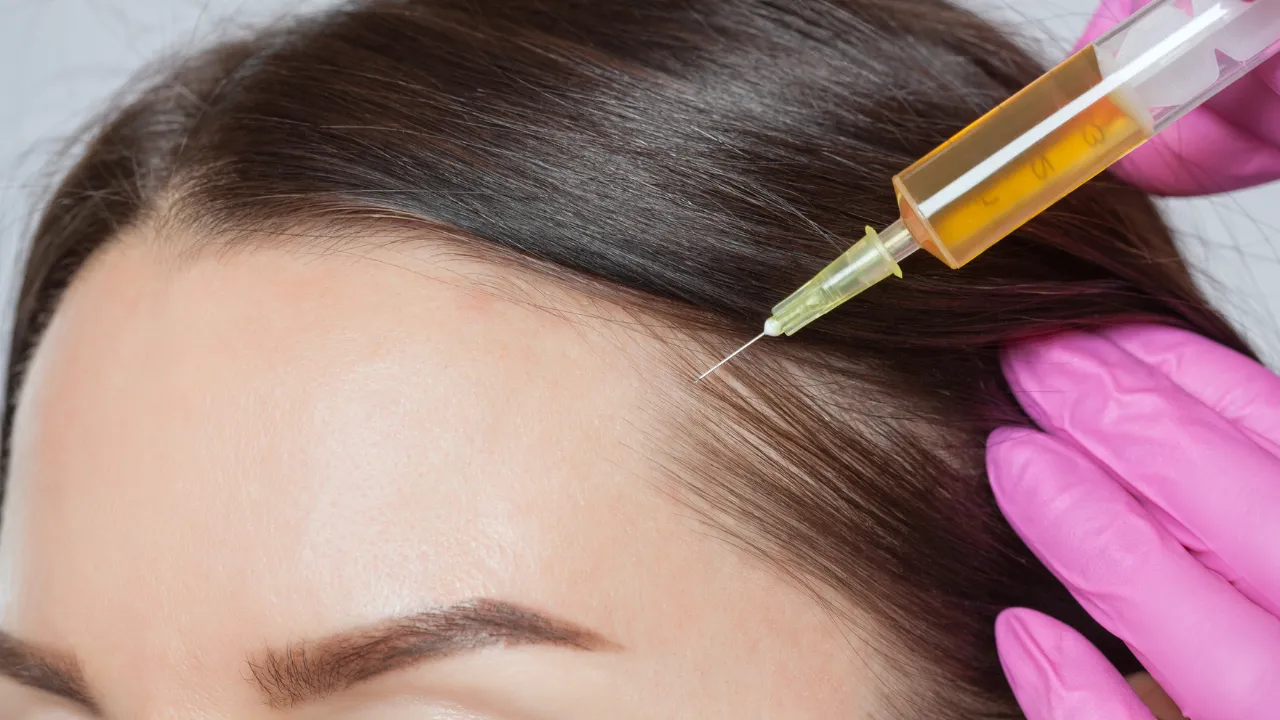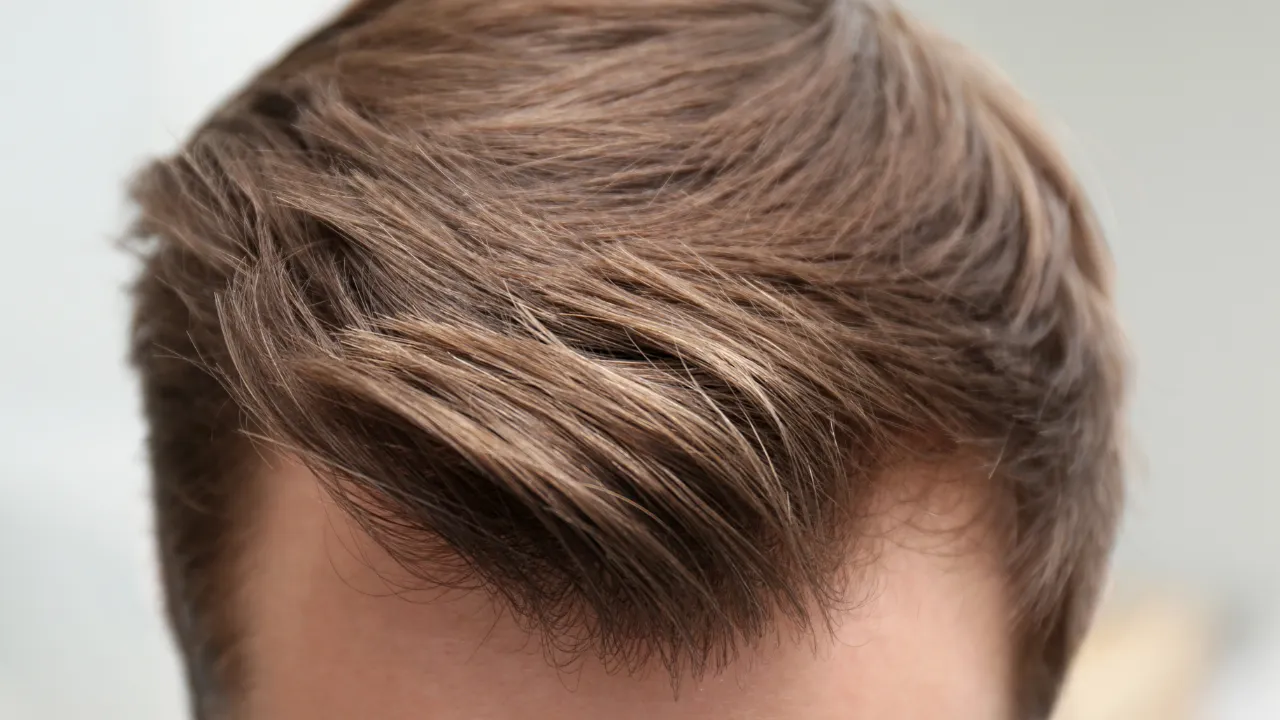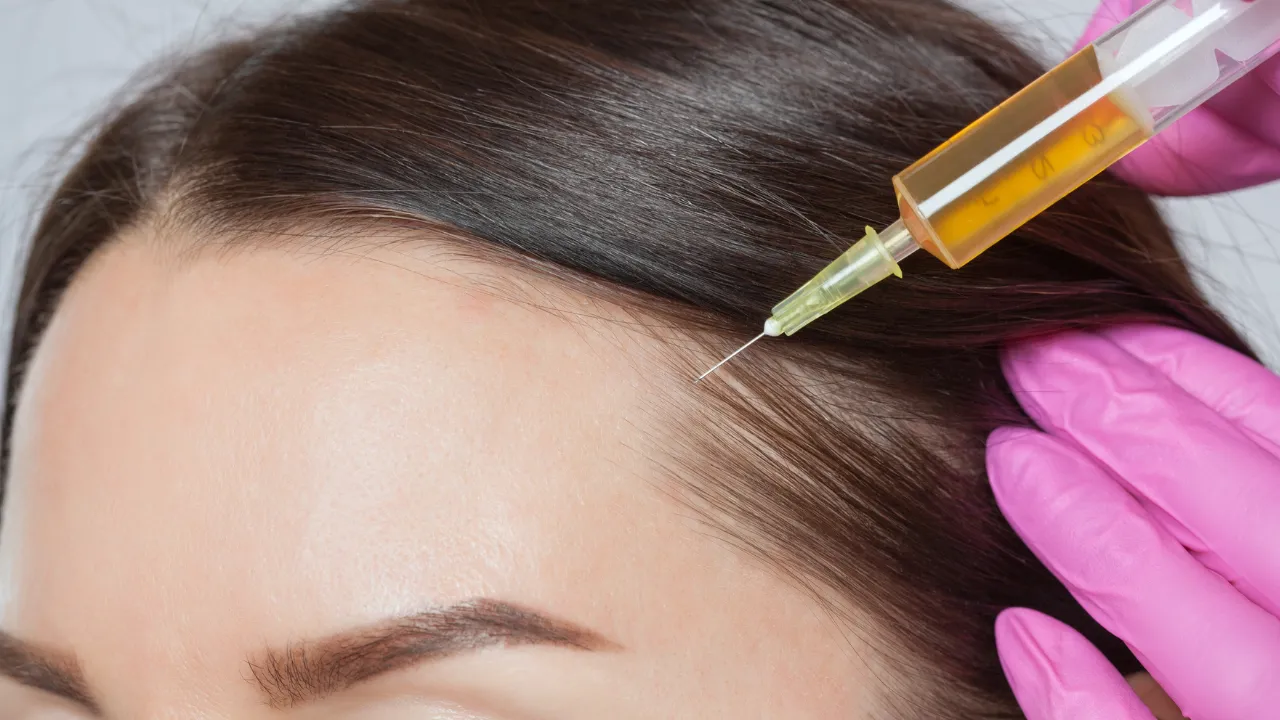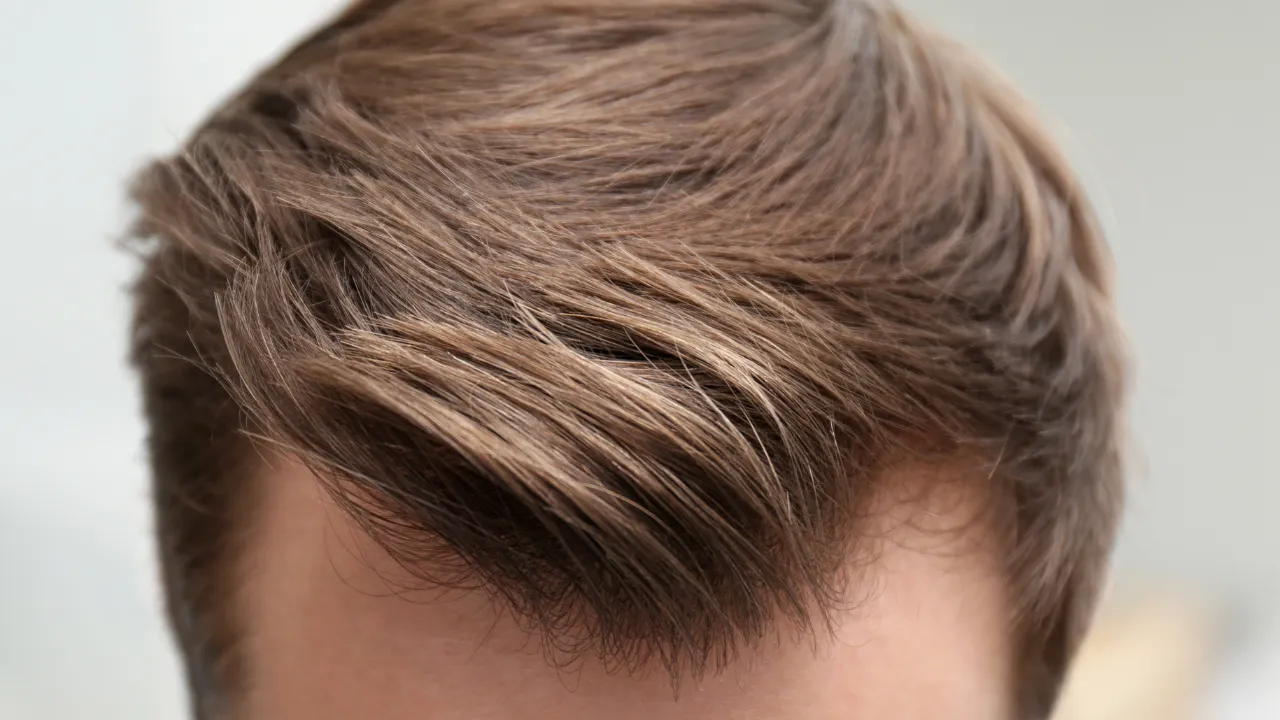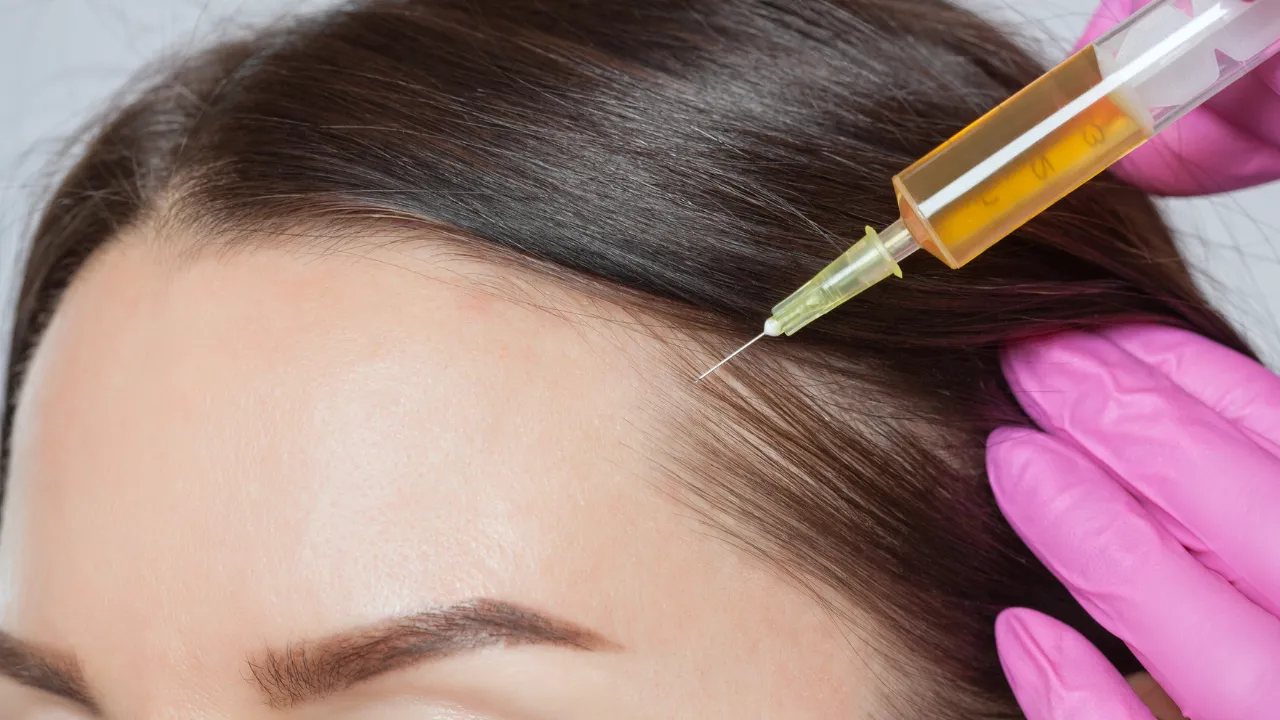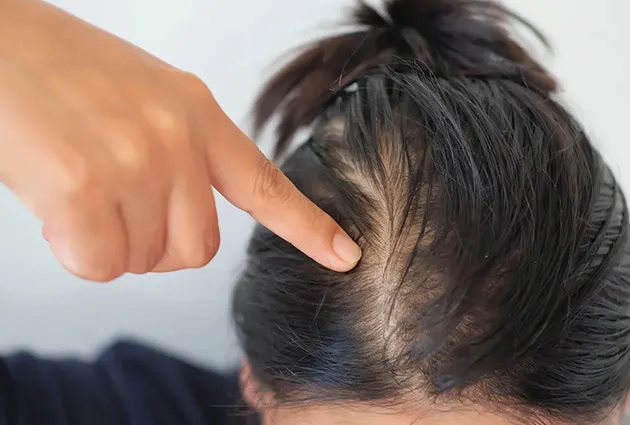Table of Contents
ToggleKopelman Hair specializes in advanced hair restoration for men and women experiencing sudden shedding, including clumps of hair. If you notice hair coming out in clumps, it often signals an underlying issue that needs medical attention. Dr. Kopelman and his team provide expert evaluation and treatments to identify the cause and protect long-term hair health.
When clumps of hair appear in the shower, on a pillow, or during brushing, it usually means many follicles have entered a resting or shedding phase at once. This process is not always permanent, but it requires a proper diagnosis to determine whether the loss is temporary or related to conditions such as hormonal imbalance, stress, or genetic hair loss.
Key Takeaways
- Seeing clumps of hair is often linked to disruptions in the hair growth cycle, such as telogen effluvium, stress, or hormonal changes.
- A normal scalp can shed 50 to 100 hairs per day, but sudden shedding in larger clusters signals an underlying medical or lifestyle trigger.
- Diagnostic tests like trichoscopy, scalp biopsy, and comprehensive blood panels help doctors identify specific causes and guide treatment.
- Effective treatments range from topical medications and PRP therapy to hair transplant surgery, combined with lifestyle steps like balanced nutrition and stress management that prevent hair breakage and support regrowth.
- Most temporary shedding improves within three to six months, and early evaluation by a specialist like Dr. Kopelman increases the chances of full recovery.
Why Hair Falls Out in Clumps
Hair naturally grows in cycles, but large numbers of follicles can shift into the shedding phase at the same time. This sudden change leads to hair coming out in clumps or larger patches rather than gradual thinning hair over many months.
Common triggers include major illness, high stress, rapid weight changes, or medication side effects. If you are wondering why is my hair coming out in clumps, the answer often involves a disruption in the growth cycle.
Telogen effluvium is a common cause of hair loss in which physical or emotional stress pushes more hairs into the resting stage, leading to increased hair shedding a few months later.
Other possibilities include an autoimmune disease, where the immune system attacks the hair follicle and weakens its ability to grow strong strands.
Understanding the Hair Growth Cycle
Hair grows in repeating stages that influence how much shedding is normal. The anagen phase is the active growth period, lasting two to six years for most scalp hair.
Next comes the catagen phase, a short transition stage, followed by the telogen phase, when the follicle rests and eventually releases the strand.
When many follicles enter telogen at once, the result is sudden hair shedding and visible clumps of hair.
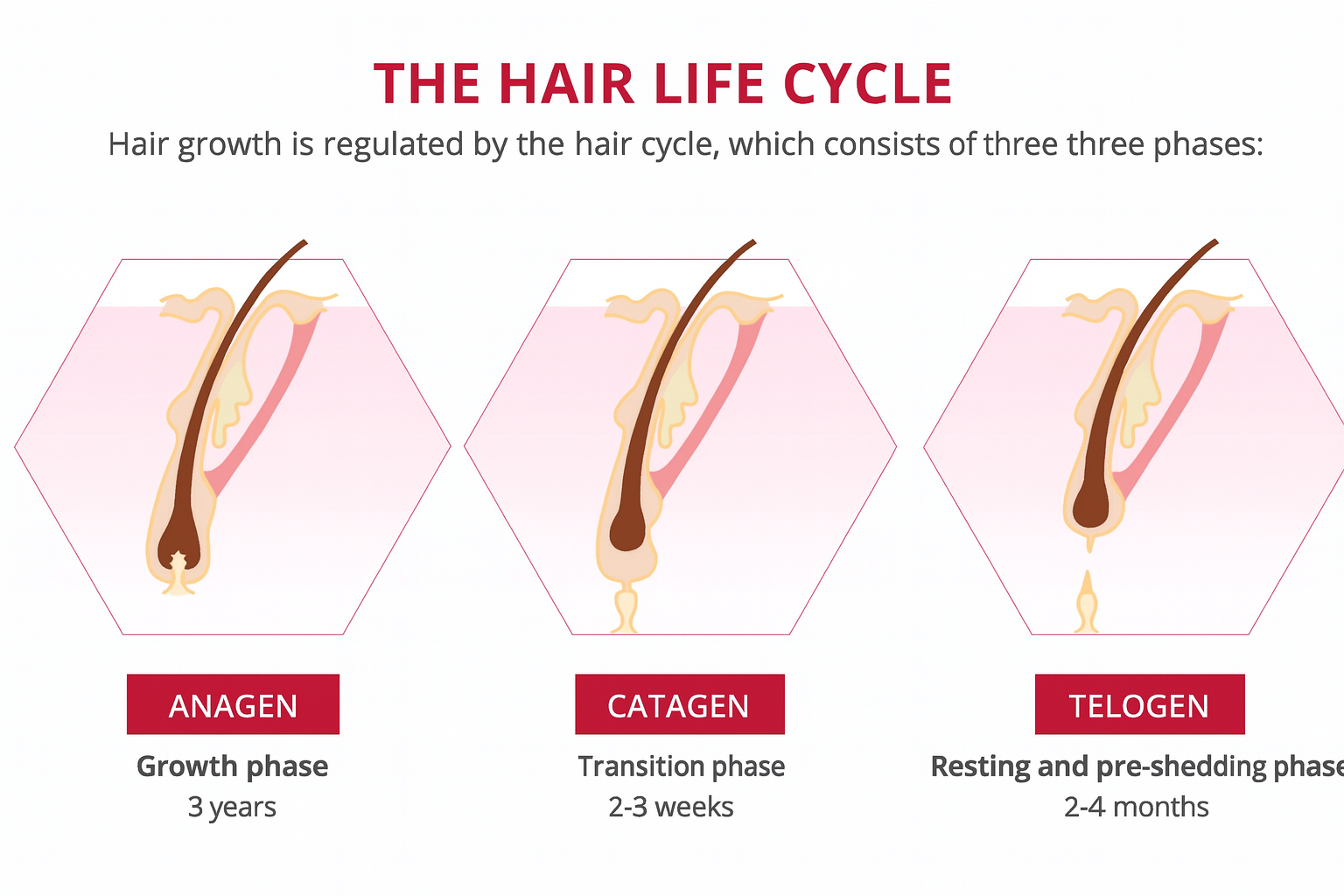
What Is a Clump of Hair and What It’s Called
A clump of hair refers to a group of strands that fall out together instead of single loose hairs. Doctors often classify this as diffuse shedding or telogen effluvium, depending on the pattern and cause.
Identifying the type of hair loss helps guide treatment, whether it is temporary shedding or the early stages of a chronic condition that makes people lose hair more rapidly.
Why Hair Comes Out in Clumps or Globs
Hair is falling out in chunks when many follicles stop growing and release the shafts simultaneously. This can occur after childbirth, major surgery, or severe stress. Chemical treatments, tight hairstyles, and harsh brushing may worsen the problem by weakening the hair shaft and scalp.
Main Causes and Risk Factors
Several factors can trigger clumps of hair falling out. Understanding these causes is the first step toward proper treatment:
- Stress and illness – High physical or emotional stress, severe infections, or surgery can shock the hair cycle.
- Hormonal changes – Pregnancy, menopause, thyroid disorders, or polycystic ovary syndrome may disrupt normal growth.
- Medications – Certain antidepressants, blood pressure drugs, and chemotherapy treatments can lead to sudden shedding.
- Nutritional deficiencies – Low levels of iron, zinc, or vitamin D can weaken the hair follicle and reduce its ability to produce strong hair.
- Genetic factors – Androgenetic alopecia creates a hereditary pattern of thinning hair and may eventually cause a receding hairline if left untreated.
Dr. Kopelman evaluates these risks during a consultation to identify whether the hair loss is temporary or requires medical treatment.
Stress, Hormones, and Medical Conditions
Stress hormones such as cortisol can shorten the growth phase and push follicles into resting mode. Thyroid disease, anemia, or an autoimmune disease may also trigger excessive shedding.
A full medical review, including blood tests, is often needed to pinpoint the exact cause and to create a plan that prevents hair loss from progressing.
Specific Situations
Noticing clumps of hair in daily life can be alarming, but different scenarios provide clues about the source.
Clumps of Hair Falling Out in Shower
Finding clumps of hair falling out in the shower often reflects normal shedding combined with loose strands collecting during washing. Yet a sudden increase or large clusters may indicate telogen effluvium or scalp inflammation.
Tracking daily hair loss and seeking professional advice helps distinguish normal shedding from a medical issue.
Clumps of Hair Falling Out in Females
Women may experience hair coming out in clumps due to pregnancy, postpartum hormone changes, or menopause. Conditions such as polycystic ovary syndrome and iron deficiency are also common female triggers. Early evaluation prevents long-term thinning and supports recovery.
Diagnosis and Evaluation
Accurate diagnosis is essential to treat hair coming out in clumps. At Kopelman Hair, Dr. Kopelman performs a detailed scalp examination and medical history review. Diagnostic tools may include:
- Blood tests to check hormone levels, iron, and thyroid function
- Trichoscopy to examine follicle health
- Hair pull test to measure shedding intensity
- Scalp biopsy if autoimmune conditions are suspected
These tests reveal whether the shedding is temporary, related to a medical condition, or a sign of patterned hair loss requiring specialized care.
Key Facts and Statistics
Research shows that losing 50 to 100 hairs per day is considered normal shedding. Telogen effluvium, a common cause of clumps of hair falling out, typically appears two to three months after a triggering event and can last up to six months.
Early diagnosis and treatment can shorten recovery time and help preserve healthy follicles.
Treatment and Prevention
Addressing clumps of hair requires a plan tailored to the cause.
Clumps of Hair Treatment Options
- Topical treatments, such as minoxidil, to stimulate growth
- Prescription medications like finasteride for genetic hair loss in men
- Platelet-rich plasma (PRP) therapy to boost follicle activity
- Low-level laser therapy to improve circulation and hair strength
- Hair transplant surgery for stable, permanent loss
Dr. Kopelman evaluates each patient to select safe, evidence-based treatments that match their condition.
Tips to Stop Losing Chunks of Hair
Lifestyle changes can support recovery and reduce shedding:
- Eat a balanced diet with protein, iron, and vitamin D
- Manage stress with exercise or mindfulness practices
- Avoid tight hairstyles and harsh chemical treatments
- Use gentle shampoos and avoid excessive heat styling
- Keep regular scalp checkups to monitor progress
These steps help protect hair health while medical treatments take effect and support habits that prevent hair loss over time.
Quick Self-Check for Shedding
Use this simple checklist to track changes and share with your doctor:
- Are you seeing more than a palm-sized clump of hair after washing?
- Have you started or stopped any medication in the last three months?
- Are you experiencing scalp pain, redness, or itching?
- Have you noticed a sudden increase in stress or weight changes?
Documenting these details can speed up diagnosis and improve treatment planning.
Lifestyle Factors That Support Recovery
Daily habits play a major role in hair health. Along with medical treatments, focus on these practices to support regrowth and reduce future shedding:
- Balanced diet – Include lean proteins, leafy greens, and foods rich in iron and zinc.
- Stress control – Activities like yoga, meditation, or regular exercise reduce cortisol levels that trigger shedding.
- Regular sleep – Aim for seven to nine hours to keep hormone cycles stable.
- Gentle care – Use wide-tooth combs, avoid hot showers, and choose sulfate-free shampoos.
Recovery Timeline Expectations
Most temporary shedding begins to slow within three to six months once the trigger is removed or treated. Regrowth usually becomes visible after another three to six months, though full density can take a year or more.
Following medical guidance and maintaining healthy habits improves the chances of complete recovery and helps prevent a receding hairline from developing in people at risk of hereditary loss.
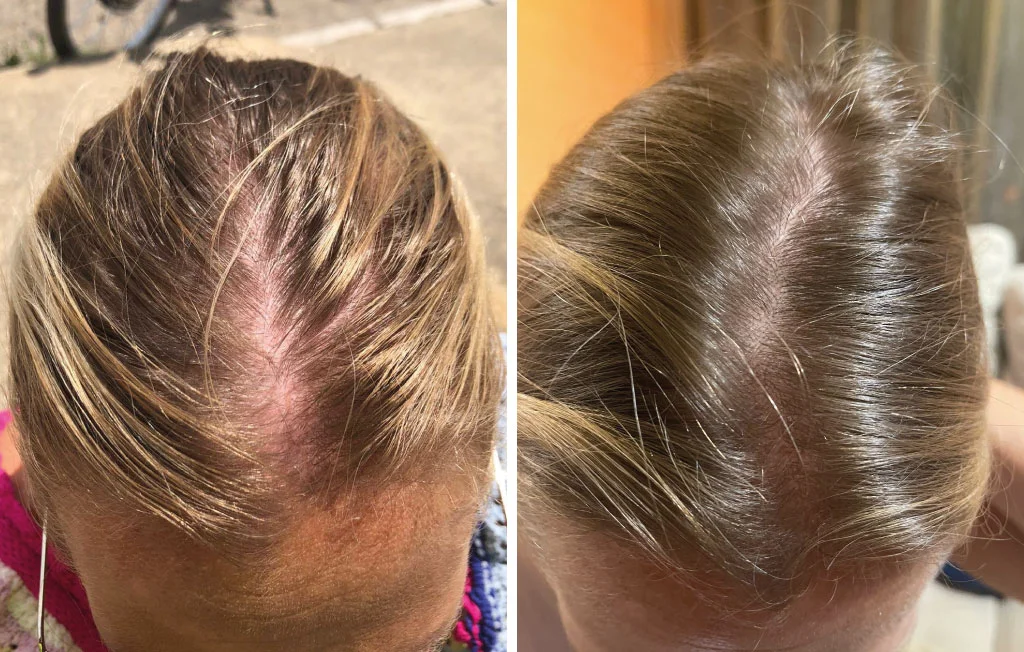
When to Seek Professional Help
See a specialist if you notice hair is falling out in chunks for more than a few weeks, if bald patches appear, or if you experience pain or itching. Early evaluation allows doctors like Dr. Kopelman to identify treatable causes and prevent permanent loss.
Prompt care is especially important when losing chunks of hair is linked to underlying health problems such as thyroid disease or nutritional deficiencies. A professional diagnosis provides peace of mind and guides the most effective treatment plan.
Kopelman Hair offers expert diagnosis and advanced hair restoration treatments to help patients regain confidence and maintain a healthy scalp. If you are experiencing clumps of hair or sudden hair shedding, schedule a consultation with Dr. Kopelman to receive a personalized plan for lasting results.


